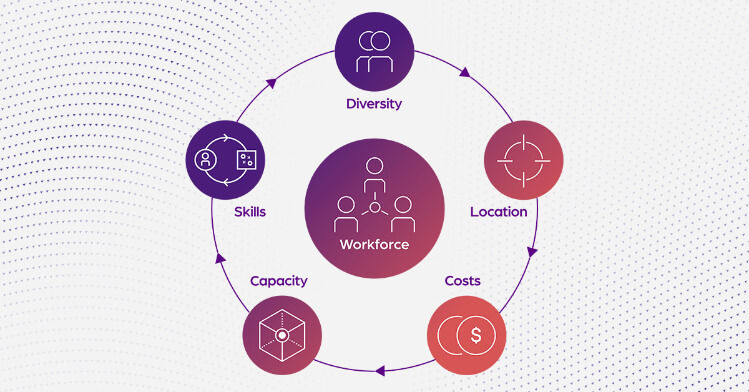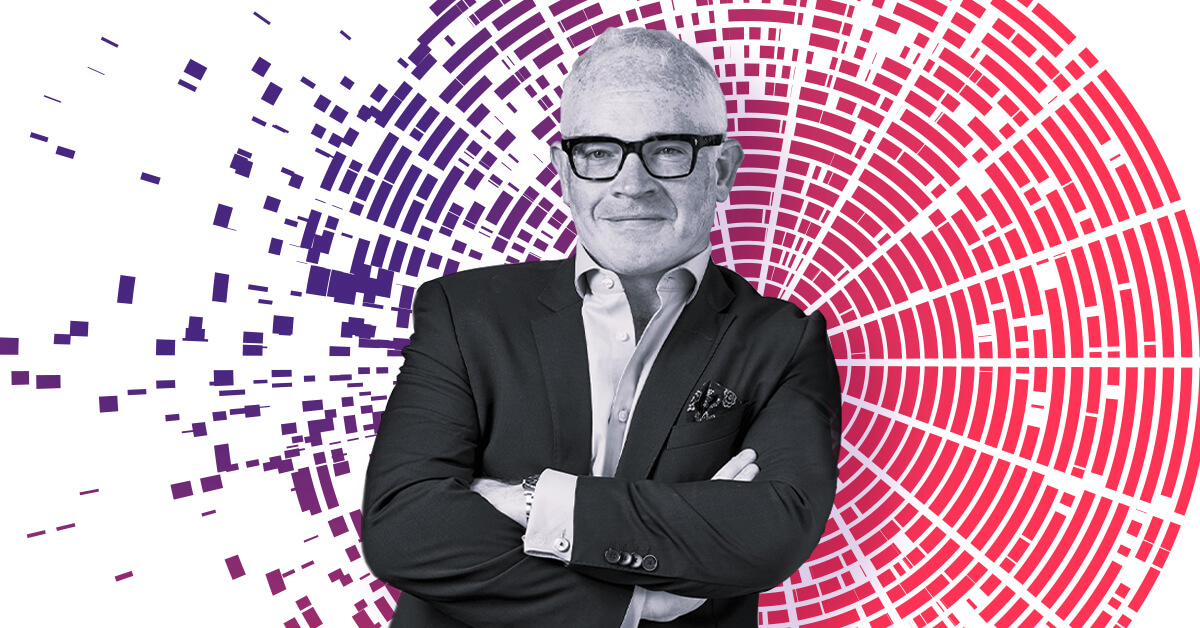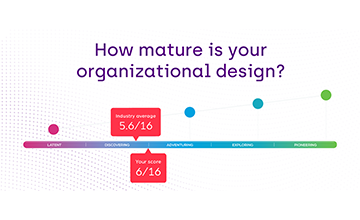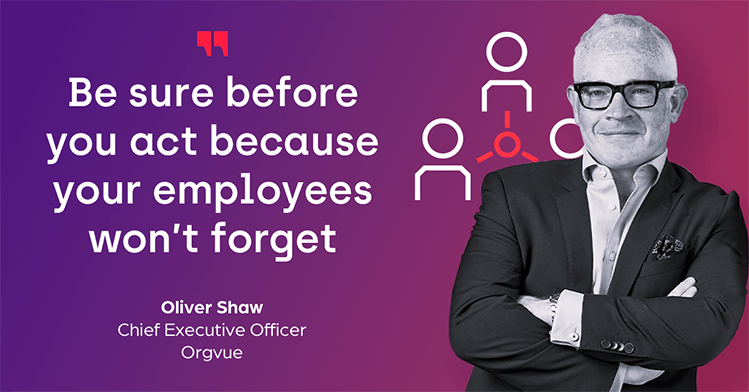How rightsizing can help organizations thrive in an economic downturn
Chief Executive Officer Oliver Shaw discusses the choices to consider when attempting to rightsize your organization in tough times.
More resources

Download our new whitepaper to discover techniques that will address your immediate business priorities without undermining future success, so you can make faster, more confident decisions.

Apply now for this free two-hour advisory workshop with Orgvue’s expert consultants to quickly show you how to create sustainable productivity through workforce optimization

Orgvue's Chief Executive Officer Oliver Shaw discusses three key behaviors organizations can adopt to help plan for recession and thrive in the future.

Take the organizational design self assessment and in only one minute compare your company’s capability against our industry benchmark and get your free report with hints, tips, and recommended next steps.
